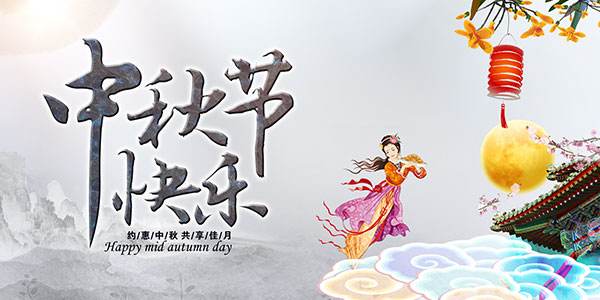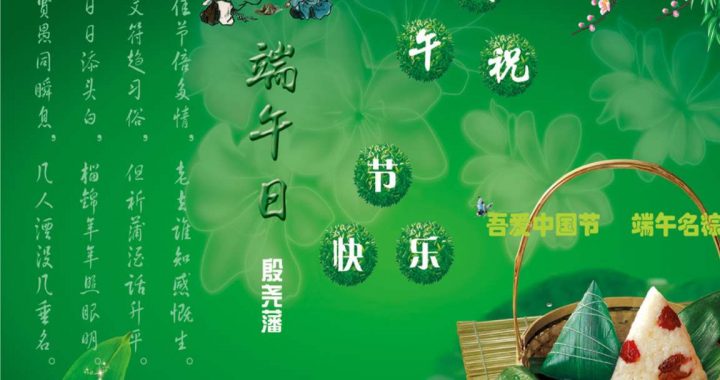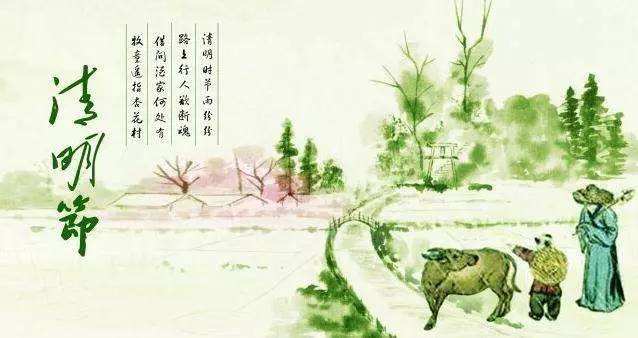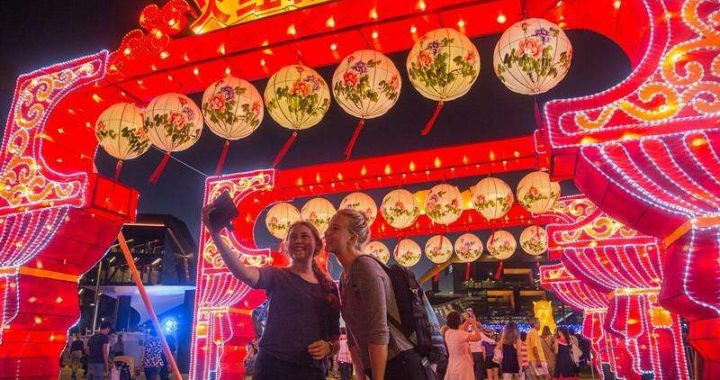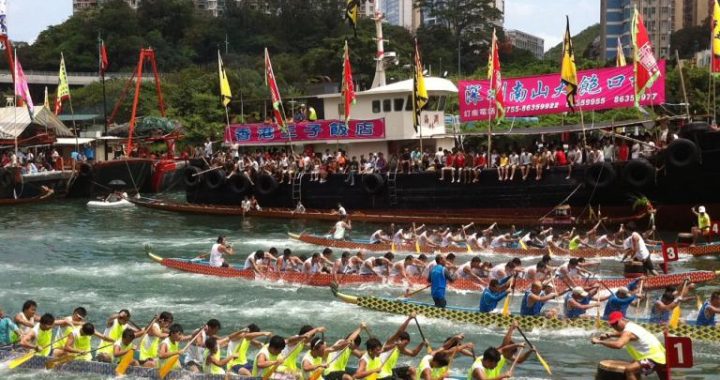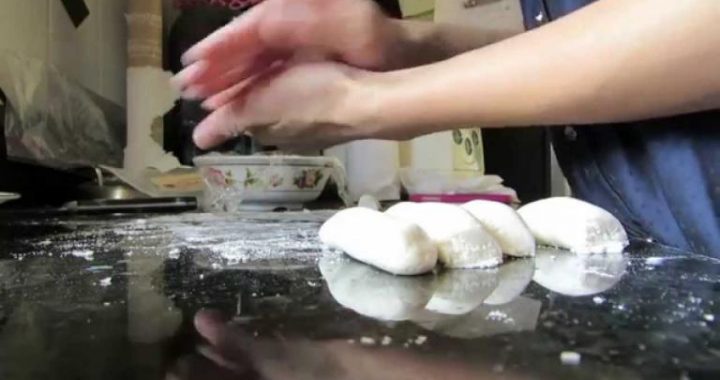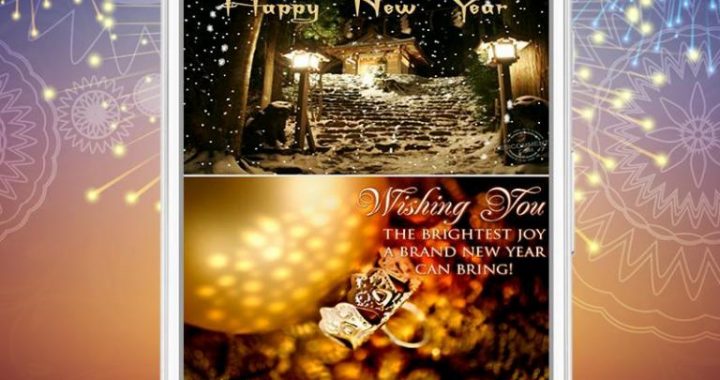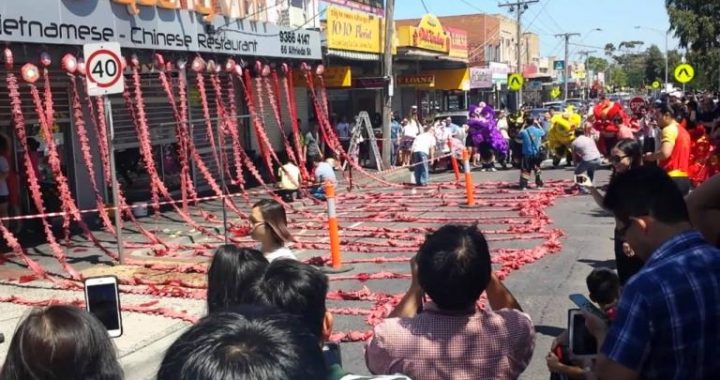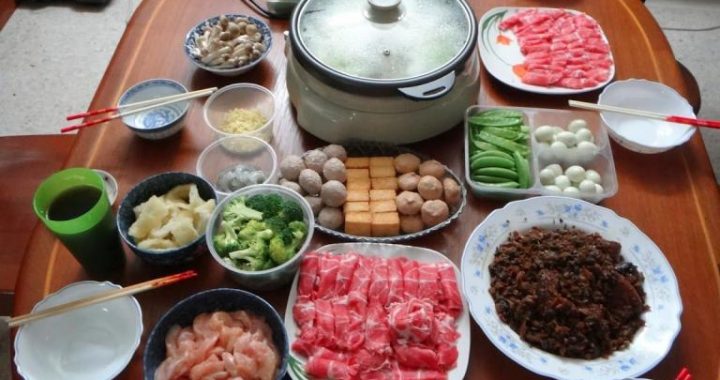Ethnical Combination and Variety of Festivals in Song,Liao,Jin and Yuan Dynasties
9 min readMost festivals in Song dynasty followed those of the previous period.Yet festival customs were more inclusive with customary art performance.In Song,Liao,Jin and Yuan dynasties,other than the inherited festivals of Han people,more minority groups’festivals were added into the festival system,for example,the Thief Releasing Day in Liao and Jin,Animal Sacrifice Festival in Yuan dynasty.Even the festivals of Han people were blended with some minorities’custom.Duanwu Festival,for instance,adopted shooting willow leaves as its custom since then.
1)Festivals in Song Dynasty Cities in Song dynasty were highly developed and prosperous.Kaifeng,capital of Northern Song,and Hangzhou,capital of Southern Song were both cities of fame in the world.Taverns,restaurants,tea houses and acrobatic stages were all popular at the time.As the rulers of Song dynasties pursued enjoyment,the whole society was imbedded in a carpe diem atmosphere.The development of cities and the prevailing of carpe diem thought provided a sound social culture market and a solidmaterial base for the prosperity of festival entertainment.
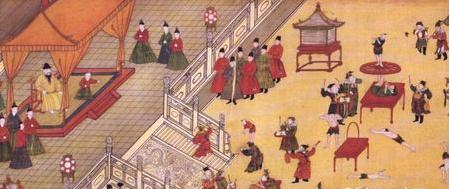
Along the River during Qingming Festival activities.
Yuandan,Yuanxiao,Zhonghe,Hanshi,Qingming,Sheri,Duanwu,Qixi,Zhongqiu,Chongyang,New Year’s Eve and various religious festivals all together formed the impressive festival system in Song dynasty.Although mostof the festivals were inherited from previous dynasties,customs of the festivals gained many new elements because of the fast development of the social economy and scientific technology.
The most important festivals in Song dynasty were Yuandan,Hanshi and the Winter Solstice festivals.Women in Song dynasty had the custom of having dinner in restaurants on the three festivals.Noble women might gather together to gamble or watch gambling games. They might even go to drink in tavern. Women from poor families would also dress up to have an entirely new lookand drink in the dinner party with friends and relatives.
According to Splendid Dream in East Capital, the Winter Solstice festival was regarded as the most importantfestival in the capital. On that day, even poor people should buy new clothes, have feast and offer sacrifice to ancestors.
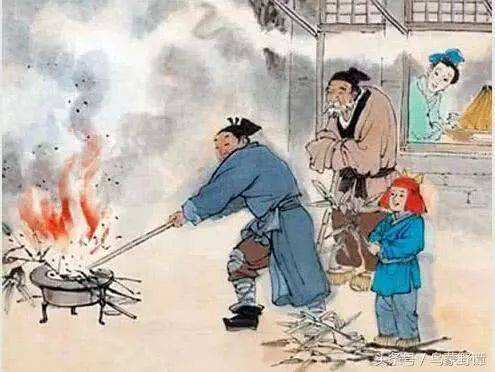
In Past Stories in Wulin it was also mentioned that peopleattached greatest importance to the Winter Solstice Day, in which day even the vehicles and horses should both be tidy, clean and decorated with beautiful colors. Moreover, all kinds of performances could be seen on the street rounded by numerous people, men and women, young and old, in their most beautiful clothes.
Yuanxiao Festival was also a stylish festival in Song dynasty. The lanterns usually lasted much longer than the previous period. People in the capital (Kaifeng) could light their lanterns the day before, on and after the fifteenth day of the first month. Besides watching the beautiful lanterns and guessing the lantern riddle, people would also gather to enjoy the drama played in big or small sheds with gong and drum playing along the Imperial Street in Kaifeng.
Zhonghe Festival was in spring, when there were many performances provided for tourists. Many artists made aliving through the performance in festivals. In ZhongheFestival in Northern Song dynasty, there were swinging, football playing and water shows; and in Southern Song dynasty, the festival was marked by lake sightseeing and dragon boat show which would last for eight days.
· Boat Race Championship in Jinming Pool In Song dynasty, the sixth day of the sixth month was the birthday for Cui Fujun (a deity) and the twenty-forth day of the sixth month was the birthday of Erlang Shen(nephew of the Heaven Emperor,a Taoist deity with a third truth-seeing eye in the middle of his forehead). In folk mythology, Cui Fujun was portrayed as a high rank immortal in the nether world and was honored official positions for many times in Song dynasty. Erlang Shen was said to have conquered water monster in Sichuan to benefit people and helped the Song dynasty troop to sweep the turmoil. In those two days, people from all walks of life would make various props to entertain the immortals.
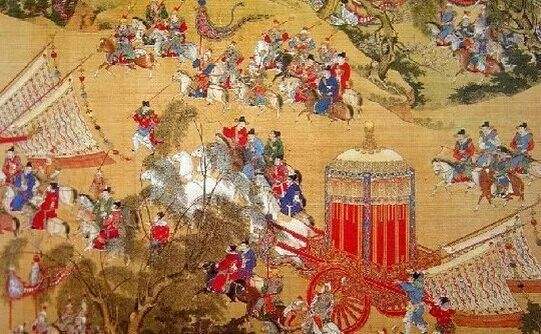
Performances included rope dancing, pole climbing, handstand, bowing, somersault, etc. The Kaifeng government even constructed stages and music sheds along the street to encourage people to give performances all night long.
Zhongqiu Festival in Southern Song dynasty had the custom of not only watching and worshipping the moon, but also watching the tide and releasing lanterns to the river. On Zhongqiu Festival, the tide on the Qiantang River was spectacular and enjoyed a wonder reputation. Some good swimmers in Hangzhou would jump into the river to show their swimming skills while people were watching the tide.
People called it “Playing with the Tide”at the time.
· Watching Tide
2) Festivals in Liao and Jin Liao was a dynasty confronting Northern Song dynasty and ruling the northern part of China. It was set up by Khitan people who believed in necromancy and Shamanism. The dynasty was based on a combination of even constructed stages and music sheds along the street to encourage people to give performances all night long.
Zhongqiu Festival in Southern Song dynasty had the custom of not only watching and worshipping the moon, but also watching the tide and releasing lanterns to the river. On Zhongqiu Festival, the tide on the Qiantang River was spectacular and enjoyed a wonder reputation. Some good swimmers in Hangzhou would jump into the river to show their swimming skills while people were watching the tide.
People called it “Playing with the Tide”at the time.
Watching Tide
2) Festivals in Liao and Jin Liao was a dynasty confronting Northern Song dynasty and ruling the northern part of China. It was set up by Khitan people who believed in necromancy and Shamanism. The dynasty was based on a combination of nomadic and farming culture. Although festivals in Liao absorbed many customs from Han culture and were greatly influenced by Buddhism and Taoism, they kept their ethnical characteristics in festival celebration activities.
According to the History of Liao Dynasty, people would make fist-sized dumplings with sticky rice and marrow of white sheep on the First Day of New Year Festival(Zhengdan). Each family would be given 49 of the dumplings. At the time of 3 am. to 5 am., people would throw the dumplings out of window of their canopies. If the number of dumplings they threw was an even number, they would play music and have feasts; if it was an odd number, necromancer would be asked to ring the bell, carry arrow and sing around the canopy. Zhengdan Festival in Liao dynasty preserved the tradition of primitive tribes’ driving away ghosts and worshipping activities. Shangsi Festival was a day for Liao people to shoot rabbit, whereas in Duanwu Festival they would worship the heaven, shoot willow leaves and play ball games. On Chongyang Festival they would drink chrysanthemum wine and shoot tigers.
The competition of riding and shooting skills revealed the characteristics of nomadic people in the north. Shooting willow leaves was really popular in Liao dynasty. In ancient times arrow and willow leaves were the symbols for the genital and genitalia respectively. Therefore shooting willow leaves was a ritual to pray for procreation.
Jin was a dynasty set up by Jurchen people. It united the vast northern area in China after conquering Liao and Northern Song and confronted with Southern Song for many years. Since the Jurchen people entered the Central Plains,they had been absorbing central Chinese culture and Khitan culture to the largest extent and formed the festival customfor the dynasty of Jin, Therefore festivals in Jin almost allfollow Liao and Song’s tradition, especially the latter. There was also Thief Releasing Day in Jin. And in Duanwu, Zhongyuan and Chongyang they also had the customs of worshipping the heaven and shooting the willow leaves.
Thief Releasing Day was an ethnical festival in Liao and Jin dynasties. In Liao, Thief Releasing Day was set between thirteenth and fifteenth days of the first month.
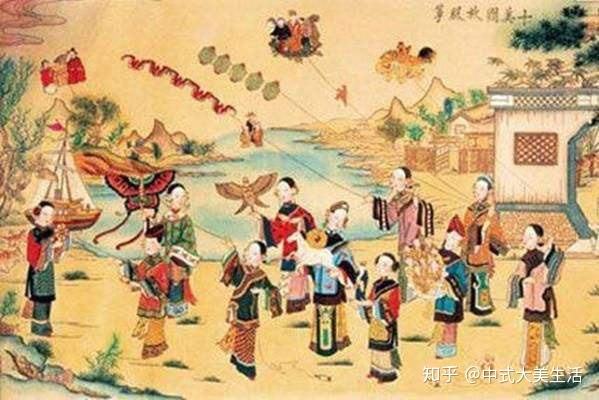
During the three days all citizens could steal things, though the sum of stolen money should not surpass 10 guan(1 guan is a string of bronze coin). Those who stole money less than ten guan would be free of punishment. However, if the sum was over 10 guan, the stealer would be punished. The custom was taken and further developed by the people of Jin. Different from the three-day Thief Releasing Festival for Liao people, the court of Jin only allowed one day for stealing without punishment on the sixteenth day of the first month in lunar year. The Liao custom allowed stealing yet there was no rules about getting stolen things back, whereas the Jin custom emphasized the reclaiming of the stolen thing. If the original owner wanted to get back the stolen thing which was his favorite, he should provide fine wine and dishes or at least make cake to show that he wished to get the thing back. The Thief Releasing Festival, full of tease and merriment, preserved the mutual ownership of properties as in primitive societies.
Both Liao and Jin people celebrated their emperors’ birthday as the Sacred Day. The emperor had to be ready to receive all officials’ greetings and congratulations from envoys of neighboring countries. He should also feast to celebrate and do some Buddhist ceremonies.
3) Festivals in Yuan Dynasty Yuan dynasty was a feudal dynasty established by Mongolian people. Yet the festivals in palaces and amongthe folk were almost all from the Han tradition, blended with some elements from northern nomadic culture as well as some religious ritual and activities. Their festival customs were also influenced by festivals in the Western Region and Central Asia.
Festivals in Yuan dynasty included Yuandan, Yuanxiao, Qingming, Duanwu, the Fifteenth Day of the Seventh Month, Zhongqiu, Chongyang, the Winter Solstice Day, etc. In those festivals, people had feasts and all kinds of entertainment activities. For example, on Duanwu Festival, they would play ball games, shoot willow leaves in the palace; in Khanbaliq(Beijing today), or the capital city, there was an activity called “Competition of Guan Yu’ sPortrait”. Different governmental offices would compete with portrait of Guan Yu and music accompanied by drumbeats. Those portraits of Guan Yu could be highly splendid.
In Yuan dynasty there were also festivals for the emperor’s birthday, religious festivals and ethnic festivals.
The emperor’s birthday was called Celestial Longevity Festival(Tianshou Festival). Since Kublai Khan, the government made it a rule to have a three day holiday for the Celestial Longevity Festival. People all over the country should have grand celebrations for the festival. All officials and religious people need to congratulate on the emperor’s birthday.The emperor would order monks and Taoist priests to do praying ritual.He would also set free prisoners and forbid animal slaughtering for the day.
Yanjiu Festival,Bathing Buddha Festival and Buddha’s Enlightenment Day were all religious festivals in Yuan dynasty.Besides,some Buddhist ceremonies were held in Khanbaliq(Beijing today),the capital and Xanadu(Summer Capital)and there would be activities of touring around the imperial city.Yanjiu Festival,which was on the nineteenth day of the first month,was popular in and around Khanbaliq with the purpose of commemorating Taoist Qiu Chuji.Qiu Chuji met Genghis Khan in 1029.The emperor thought highly of his talent and insight and called him“Deity”.The emperor had asked him to be in charge of all Taoist groupsin China and remitted all Taoists’taxes.Qiu Chuji was born on the nineteenth day of the first month.After his death he was buried in White Cloud Taoist Temple.Every year there.
White Cloud Taoist Temple in Beijing
would be ceremonies on his birthday and gradually the day became Yanjiu Festival.Men and women from Khanbaliq would come and burn joss sticks in the temple and celebrate the festival together.
In 1027,Kublai Khan took the advice given by his imperial master and added a white canopy above his imperial seat in the Daming Hall of his palace.The top of the canopy had Sanskrit written as“Monastery of Guarding against Evil Spirits and Keeping the Empire Safe”.After that the emperor’s imperial master would hold the canopy and tour around the imperial city on the twenty-fifth day of the second month every year,with the purpose of dispelling hoodoo and inviting bless and good fortune.Besides the court-ordered touring around the imperial city,the folks did a similar thing.Wealthy merchants in Southern China would gather some acrobatic men and actors to give performance as to welcome the canopy of the emperor andthe great statue of Buddha.Meanwhile,there were usually various valuable goods sold in the side rooms of temples.
The Twenty-forth day of the sixth month was the Animal Sacrifice Festival in Yuan dynasty.It was a festival of Mongolian people.People would sprinkle horse milk wine in the sacrificing ritual.As Mongolians prefer the white color,the milk wine used in the ceremony should be made from the milk of white horse.
